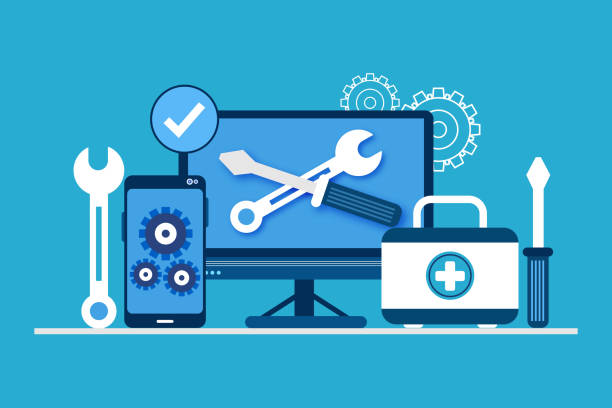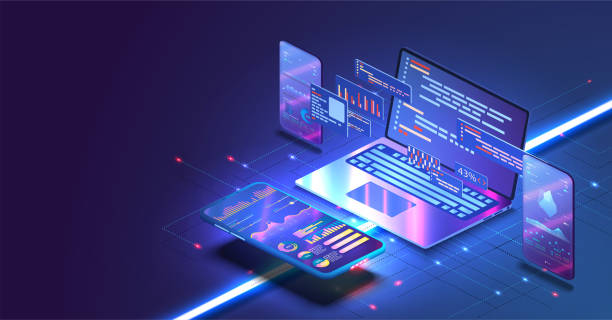Introduction
The use of mobile technology in the enterprise has been growing rapidly in recent years. Enterprise mobile technology refers to the use of mobile devices, such as smartphones and tablets, and mobile applications to support business operations. Mobile technology has revolutionized the way businesses operate, making it easier for employees to work remotely and improving productivity. In this article, we will discuss the various aspects of enterprise mobile technology in detail.
Benefits of enterprise mobile technology
There are numerous benefits of enterprise mobile technology.
Some of the key benefits are as follows:
Improved productivity: Mobile technology has made it easier for employees to work remotely, which has increased their productivity. Employees can access important documents and data on their mobile devices, which helps them to work more efficiently.
Increased efficiency: Mobile technology has also made it easier for businesses to manage their operations. For example, mobile applications can be used to manage inventory, track shipments, and monitor sales.
Better communication: Mobile technology has improved communication within organizations. Employees can easily communicate with each other through mobile devices, regardless of their location.
Cost-effective: Mobile technology can be a cost-effective solution for businesses. It eliminates the need for expensive hardware and software, and reduces the need for travel.
Enhanced customer experience: Mobile technology can be used to enhance the customer experience. For example, businesses can use mobile applications to provide customers with real-time updates on their orders.
Challenges of enterprise mobile technology
Despite the numerous benefits of enterprise mobile technology, there are also several challenges. Some of the key challenges are as follows:
Security: Mobile devices can be vulnerable to security breaches, which can compromise sensitive data. Businesses need to implement strong security measures to protect their data.
Device management: With the increasing number of mobile devices being used in the enterprise, managing them can be a challenge. Businesses need to have an effective device management strategy in place to ensure that all devices are secure and up-to-date.
Integration: Integrating mobile technology with existing systems can be a challenge. Businesses need to ensure that mobile applications work seamlessly with their existing systems.
User adoption: Getting employees to adopt new mobile technology can be a challenge. Businesses need to provide training and support to ensure that employees are comfortable using the new technology.
Data privacy: With the increasing amount of data being collected through mobile devices, businesses need to ensure that they are compliant with data privacy regulations.
Mobile device management
Mobile device management (MDM) refers to the management of mobile devices, such as smartphones and tablets, within an organization. MDM involves the deployment, management, and security of mobile devices. The key components of MDM are as follows:
Device enrollment: Devices need to be enrolled in the MDM system before they can be managed.
Device configuration: Once devices are enrolled, they need to be configured according to the organization's policies.
Security: MDM systems need to ensure that devices are secure and that sensitive data is protected.
Application management: MDM systems can be used to manage mobile applications. This includes deploying, updating, and removing applications.
Content management: MDM systems can also be used to manage content on mobile devices. This includes documents, images, and other types of files.
Mobile application development
Mobile application development refers to the process of creating mobile applications for smartphones and tablets. The key stages of mobile application development are as follows:
Planning: This stage involves defining the objectives of the application, identifying the target audience, and determining the features and functionality of the application.
Design: This stage involves designing the user interface and creating the wireframes for the application.
Development: This stage involves coding the application and testing it to ensure that it works properly.




0 Comments